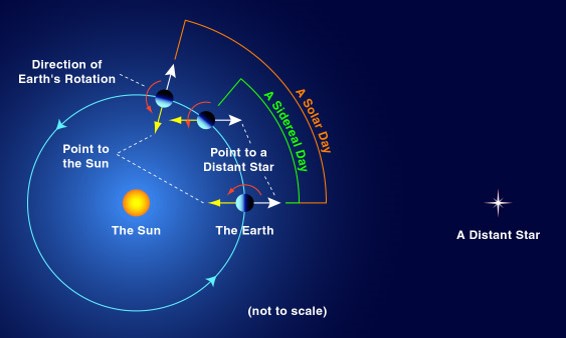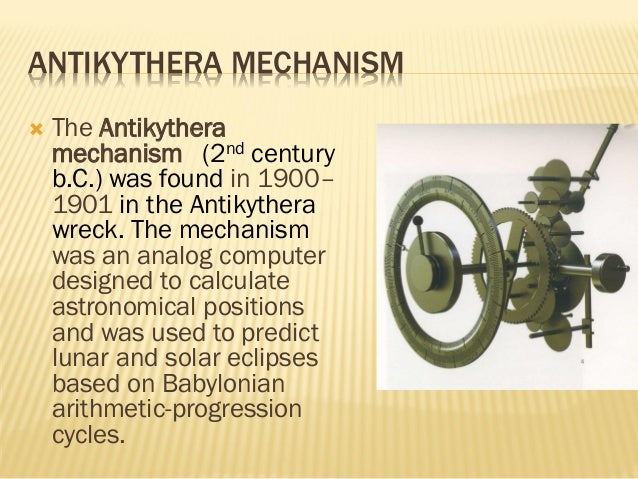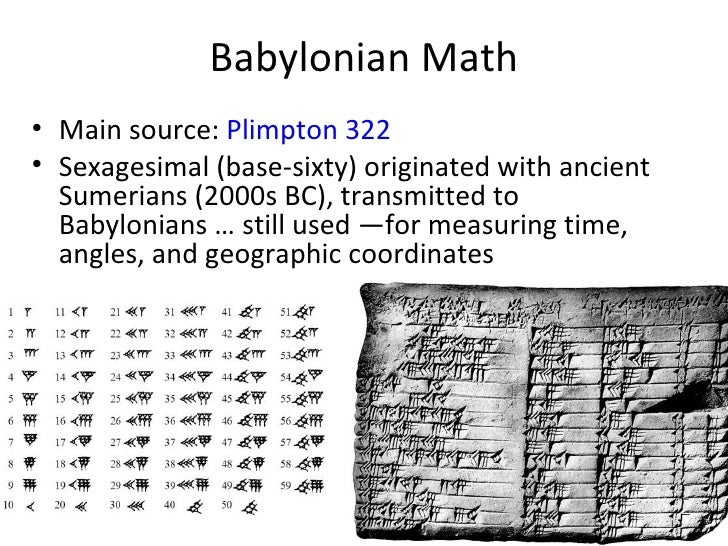That quote I do not agree with. It goes against everything Auguste Comte wrote. Astrology as not a science is still something of value, it could still be truthful.
Maybe astrology like religion does not need to be a science. Of course, it could develop into one. I still think it can.
Sceptics need to understand one obvious thing.
astrology not yet a science =/= charlatanry...
Also, some answers are better than nothing 100%. Something is better than nothing, and more is better.
Pretty sure this physicist is the same guy that said that ''psychoanalysis is not a science: it is at best a medical process, and perhaps even more like witch-doctoring''. Yes psychoanalysis is not a science by modern standards, yet has achieved much in knowledge and development in psychological research.
In a similar way it is obvious that most skeptics or scholars that attack astrology know very little about the subject (theory, history, practice). Furthermore, they realize little or downplay its value to people. Even with the current non-scientific state of astrology (explained by confirmation bias, cold reading etc.) it is still ok to admit it has positive value, like literature, religion and philosophy can have.
(https://www.youtube.com/watch?v=UpLcnAIpVRA - I mean look at that machine. It was obvious that the main purpose of such machines was astrological. Are they really asking ''what was its purpose''. They do not want to admit that such invention was made primarily for astrological purposes. Because they do not realize astrology's value. My observation is that even though students are being told that astrology is not a science in a lot of lectures, everyone is discussing signs and natal charts after classes. Literature and entertainment have great value. Astrology is unique in that it tackles specific curiosities of the human mind. We do not need to be recognized as a science, but I am sure that almost every astrologer agrees that what they do is not fake, bogus, snake-oil selling or whatever the sceptical community throws at us.
Maybe astrology like religion does not need to be a science. Of course, it could develop into one. I still think it can.
Sceptics need to understand one obvious thing.
astrology not yet a science =/= charlatanry...
Also, some answers are better than nothing 100%. Something is better than nothing, and more is better.
Pretty sure this physicist is the same guy that said that ''psychoanalysis is not a science: it is at best a medical process, and perhaps even more like witch-doctoring''. Yes psychoanalysis is not a science by modern standards, yet has achieved much in knowledge and development in psychological research.
In a similar way it is obvious that most skeptics or scholars that attack astrology know very little about the subject (theory, history, practice). Furthermore, they realize little or downplay its value to people. Even with the current non-scientific state of astrology (explained by confirmation bias, cold reading etc.) it is still ok to admit it has positive value, like literature, religion and philosophy can have.
(https://www.youtube.com/watch?v=UpLcnAIpVRA - I mean look at that machine. It was obvious that the main purpose of such machines was astrological. Are they really asking ''what was its purpose''. They do not want to admit that such invention was made primarily for astrological purposes. Because they do not realize astrology's value. My observation is that even though students are being told that astrology is not a science in a lot of lectures, everyone is discussing signs and natal charts after classes. Literature and entertainment have great value. Astrology is unique in that it tackles specific curiosities of the human mind. We do not need to be recognized as a science, but I am sure that almost every astrologer agrees that what they do is not fake, bogus, snake-oil selling or whatever the sceptical community throws at us.
Last edited:









